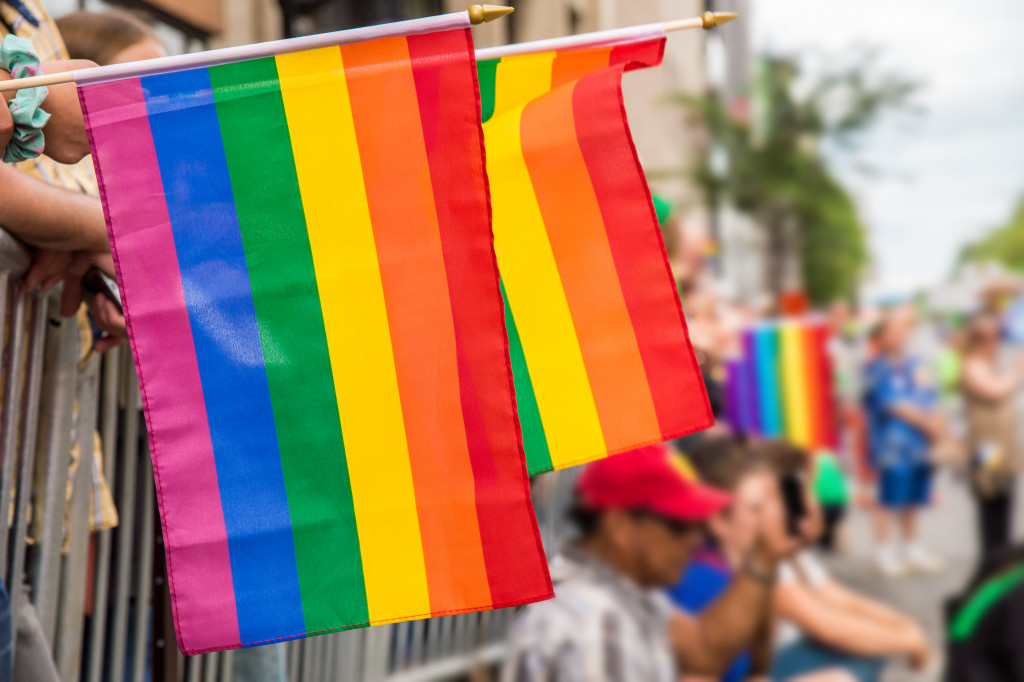The year 2020 was a landmark year for American members of the LGBTQ+ community after the Supreme Court ruled that federal law bans discrimination in the workplace against these individuals. The Civil Rights Act, after all, makes it illegal to prevent someone from applying or being employed because of their sex or gender.
In reality, though, the community continues to face many challenges in the workplace. Despite the Supreme Court ruling, only 22 states have laws that expressly prohibit companies from discriminating the LGBTQ+ people.
While many Fortune 500 businesses call themselves diverse and inclusive through their policies and benefits, several members of the community still prefer to hide their authentic identity from friends and bosses, according to McKinsey research. In another study, around 36 percent of LGBTQ+ individuals reported feeling discriminated in the workplace.
June is Pride Month. Now is the best time for companies to tell their LGBTQ+ employees that their workplace is a safe place with these ideas:
1. Celebrate the Month
Display the Pride flag in different corners of the office. Call a screen printing company for customized Pride apparel, too. Plan events not just for the members of the LGBTQ+ but for everyone in the office who likes to join. Some options include:
- Provide a series of talks or seminars inviting LGBTQ+ members and experts
- Launch a Pride party virtually or in the workplace (it can be margarita day, cupcakes day, etc.)
- Have a costume party where everyone dresses according to their alter ego or inner persona
- Give swag bags, which may include some helpful learning materials about Pride Month, pins, buttons, stickers, and flags (employees can display these anywhere, such as their homes and cars)
- Play a trivia game that focuses on the history of Pride Month and the issues faced by the LGBTQ+ members
For this month, let the members of the community take the lead. You can also get help, inspiration, and support from local associations and advocacy groups.
2. Create Inclusive Policies — and Enforce Them
In a survey among big companies in the United States, about 95 percent of non-discrimination policies already include sexual orientation, while 94 percent focuses on rules that include gender identity. However, not everyone reads the guidelines.
Even if they do, these policies do not account for unconscious bias. For example, gay males may be the last priority during promotions, thinking they are not “strong enough” to make rational executive decisions. It’s also not uncommon for other employees or even business owners to use wrong pronouns than the ones preferred by an LGBTQ+ member.

The bottom line is, it’s not enough that a workplace has a gender-inclusive policy. It needs to be reflected in the everyday dealings of the members with their co-workers and the management. It should have teeth enough to correct those who violate it.
To do this, for this month, consider seeking an audience with LGBTQ+ members in the workplace. Ask them about their working conditions and what the organization can do to help them feel safer and accepted.
3. Give Them a Safe Space to Be Out
Many LGBTQ+ individuals are in the closet by choice or necessity, and in either way, the workplace may have something to do with it. This Pride Month, design your workplace to be more inclusive. Here are some ideas you can pursue:
• Include a “preferred pronoun” option in the e-mail signature.
• Allow members to create an advocacy group within the workplace. In fact, encourage them to do so and help them connect with bigger networks that can assist them in their needs and concerns.
• Feature the achievements of the members. Accenture, for example, has launched the Pride at Accenture page, where they list down their policies and benefits, as well as share testimonials of the LGBTQ+ members
• Make the workplace more inclusive by introducing unisex bathrooms and unisex language, as well as possibly ending gender-based uniforms
• Create policies that will prevent someone from outing another and penalize those whose actions may increase the risk of harm and discomfort of the LGBTQ+ employee for the deliberate disclosure
• Partner with civic and civil rights organizations to help everyone understand the protection and support they can receive by celebrating their authentic selves
As more members of the LGBTQ+ community become part of the workplace and as more people become aware of their needs and concerns, companies are becoming more open and try to be as inclusive and as diverse as possible. Recent studies have shown that businesses still need to do more to truly end isolation, discrimination, and inequality in the workplace. The ideas above can be a good start to improve inclusion and for your business to be among those that promote and support this inclusion and diversity.









